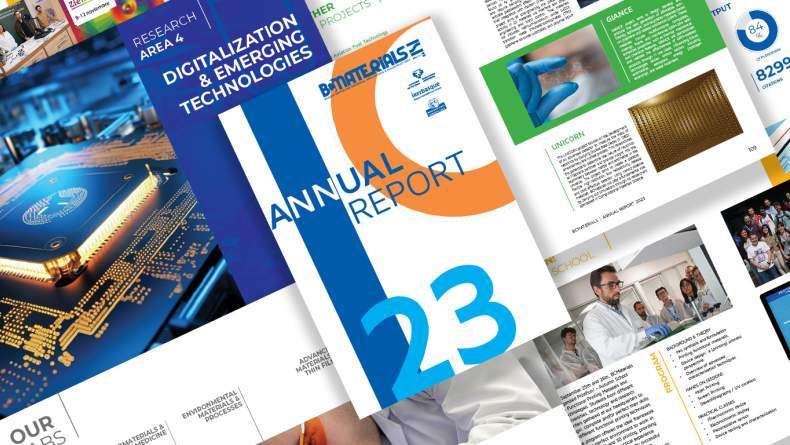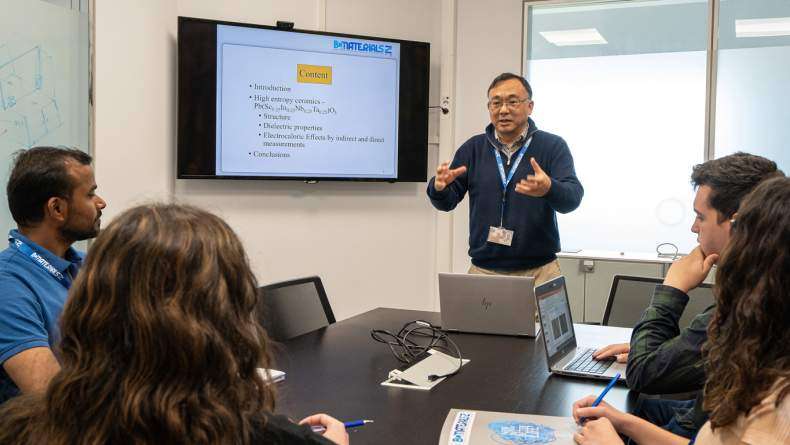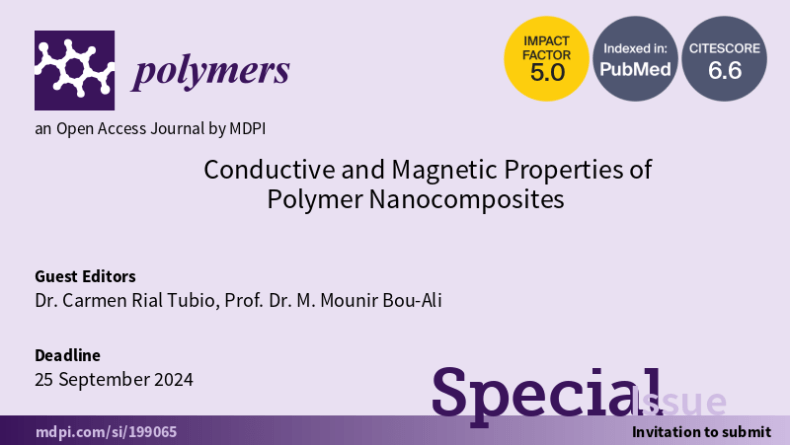ICM2015 - Prof. Jose Manuel Barandiaran Semi-Plenary talk

[su_row][su_column size="1/3"]
 [/su_column] [su_column size="2/3"]
[/su_column] [su_column size="2/3"]
 [/su_column] [su_column size="2/3"]
[/su_column] [su_column size="2/3"]
Profesor Jose Manuel Barandiaran will be in the ICM2015 in Barcelona making a Semi-Plenary talk in the room F of the Cataluña Congress Palace (Palau de Congressos de Catalunya):
You can view the day program here.FERROMAGNETIC SHAPE MEMORY THIN FILMS: STRUCTURE AND MAGNETIC ANISOTROPY
JM BARANDIARAN1, VA CHERNENKO1,2, IR ASEGUINOLAZA1 1BCMaterials &University of the Basque Country (UPV/EHU), Bilbao, Spain 2Ikerbasque, the Basque Foundation for Science, Bilbao, Spain [/su_column][/su_row] Ferromagnetic shape memory alloys (FSMA) such as off-stoichiometric Ni-Mn-Ga Heusler compounds, show the “magnetic-field-induced strain” (MFIS) effect, which is due to the mobile martensitic microstructure and the strong coupling between elastic and magnetic properties. Due to their high power density, these materials have a great potential to be used in magnetic MEMS. In the present work we overview recent advances in submicron FSMAs thin films. Particular emphasis is given to the structure of the films and to their magnetic anisotropy. Polycrystalline films deposited onto cold substrates have (220) out-of-plane fiber texture. Films grown onto hot substrates have epitaxial structures. The symmetry and strength of the magnetic anisotropy (MA) of the films have been studied by ferromagnetic resonance (FMR). They are controlled by the film crystallography, the martensitic nanostructure, the type of substrate and film thickness. The effect of the substrate in the anisotropy is demonstrated by comparing the in plane MA for a Ni-Mn-Ga film grown onto NaCl (001) and the out of plane oblique anisotropy in an identical film with the same texture deposited onto Si (001). Another important factor determining the MA is the film-substrate stress that determines the transformation volume strain. A reduction of the MA by one order of magnitude is found by FMR in single crystalline Ni-Mn-Ga films onto MgO (100). These results are explained in the framework of a magnetoelastic model of the martensite involving second- and forth-order magnetic anisotropy constants, which, thereof, can be evaluated from the experimental data. In these films the estimated value of the magnetic domain wall width is comparable with the width of the twins, indicating that the magnetic moment in neighbor twins are strongly coupled by the exchange interaction. Applications of single and double beam Si cantilevers, with deposited submicron Ni-Mn-Ga films are briefly discussed.Related news
Pint of Science Festival Bilbao 2024 (May 13-15)
BCMaterials collaborates once again with the Bilbao edition of the Pint of Science science outreach festival. The center also coordinates the event, which will bring 24 talks to four bars in the city…BCMaterials Annual Activity Report 2023
BCMaterials has presented its 2023 Annual Activity Report. The document includes the highlights of the center's scientific activity during the past year, which continues on an upward trajectory in…BCMaterials opens its 2024 PhD program
BCMaterials has opened its 2024 PhD program by offering 4 predoctoral contracts to students who want to complete their thesis at our center. The profile of the candidates is students of Chemistry,…Call for papers – ‘Polymers’ Special Issue
BCMaterials researcher Dr. Carmen Rial has been selected, along with Prof. Dr. M. Mounir Bou-Ali from the University of Mondragon (Spain), as Guest Editor for the special issue of Polymers (ISSN 2073…



